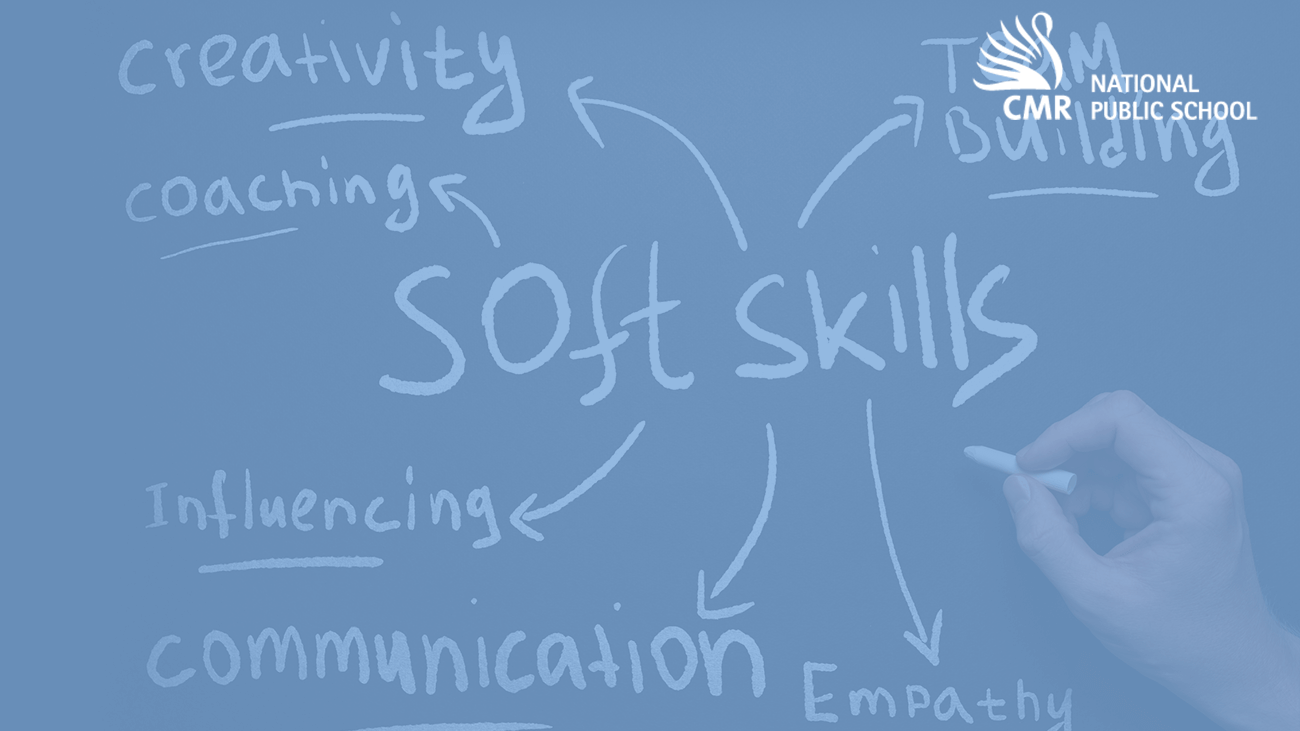Table of Contents
Teaching Your Children How to Use the Internet Safely
Children are curious at a young age to experiment and to know new things and try out different new things. Teaching children to use the internet safely is very important due to pandemics. The mode of learning has changed and they are using the internet frequently and they need to be aware of the pros and cons of a particular website, app, gaming platform and etc.
The children are open to the unknown world and at times not aware of the danger that lies within and even for the adult, it can be dangerous too. They would be opened to the space where good and bad can be learned and it can lead to self-disruption
Many dangers can be seen in the online platform, Identify theft and Trojans can get into the private information this can happen while playing a game or while using any websites, Cyberbullying is another danger, they are prone to get harassed by someone and at the risk of open challenges which can be life-threatening and they can get bullied and threatened by someone unknown or known.
The Internet can be a scary place so teaching children how to use it is very important. Here are the few things that can be implemented
Online platforms provide an opportunity for children to keep learning, take part in the play and keep in touch with their friends. But increased access online brings heightened risks for children’s safety, protection, and privacy. Therefore, discuss the internet’s pros and cons with your children so that they know how it works, what they need to be aware of, and what appropriate behavior looks like on the platforms they use, such as video calls.
Set the rules together about how, when, and where the internet can be used. Set up parental controls on their devices to mitigate online risks, particularly for younger children. Identify appropriate online tools for recreation together – organizations like Common Sense Media offer advice for age-appropriate apps, games, and other online entertainment. In case of cyberbullying or an incident of inappropriate content online, be familiar with the school and other local reporting mechanisms, keeping the number of support helplines and hotlines handy.
Don’t forget that there’s no need for children to share pictures of themselves or other personal information to access digital learning.


